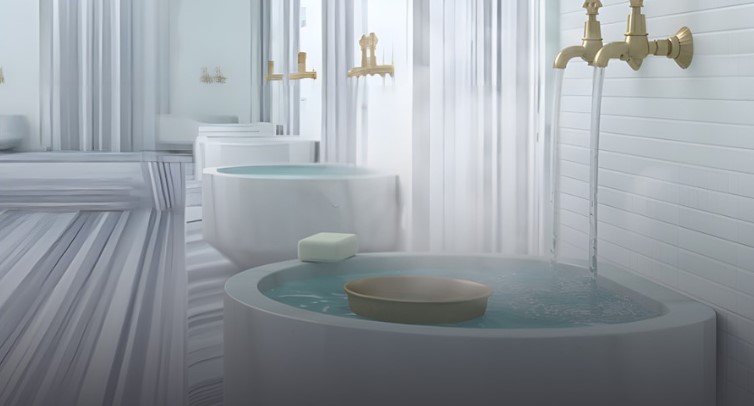Bursa Bath Culture
- 19 Mayıs 2024
- Bursa Servis Taşımacılığı
- Yorum yapılmamış

Bursa Bath Culture
Bursa Hamam Culture Bursa, located in the Marmara Region of Turkey, is a city that stands out with its historical and cultural richness. Bursa, the capital of the Ottoman Empire, is home to many important historical buildings. In addition, bath culture is also an important part of Bursa.
The baths in Bursa are among the historical and architecturally rich buildings bearing the traces of the Ottoman period. Baths were an important part of cleanliness and social life in Ottoman society. At the same time, they provided an environment that strengthened communication and social relations between people. Baths were used not only for cleaning but also for rest, conversation and entertainment.
Evliya Çelebi, while describing Bursa in his Travelogue, said, “Bursa consists of water”. The fact that Bursa, which was founded on the foothills of Uludağ, is rich in both cold and hot water resources has enabled the construction of baths that will enable the use of these waters in every period of history. It is known that Bursa has a total of 55 baths with 41 baths in the city centre and 14 baths mentioned in written sources.
Apart from their architectural structure and functionality, baths have continued their existence from the past to the present as social living spaces as a part of traditional life. The tradition of Bridal Baths, Circumcision Baths, Lohusa Baths, Adak baths, which are held after birth, continue on important days and holidays, which are called the transition periods of life. Peshtemal, bath bowl, soap, scrub, towel, clogs or slippers, although they have changed shape from past to present, have taken their place in the bath culture as ethnographic materials used in the bath. From the point of view of folk literature, the stories and legends told about the baths, the source of the healing hot water used by the baths, and the healing properties of the water are traditional cultural elements that complement the bath culture.
The most famous among the historical baths in Bursa are the following:
Koza Han Bath: Located in Koza Han, this bath is one of the beautiful examples of Ottoman architecture. The bath, which has a magnificent entrance, serves its visitors by preserving its historical atmosphere.
Old Thermal Bath: This bath, which is famous for its thermal waters in Bursa, contributes to the thermal tourism of the city. As well as being a historical building, it is also important with its thermal waters used for healing purposes.
Green Tomb Bath: Located right next to the Green Tomb, this bath is one of the oldest baths in the city. The bath, which was built during the construction of the Green Tomb, reveals the subtleties of Ottoman architecture.
The baths in Bursa are not only historical buildings, but also important elements that reflect the cultural heritage and lifestyle of the city. Today, it is still possible to visit and experience the traditional bath culture. These baths are frequently used by local people as well as tourists. While preserving their historical texture, the baths continue their existence as an important cultural heritage by adapting to today’s modern life.
